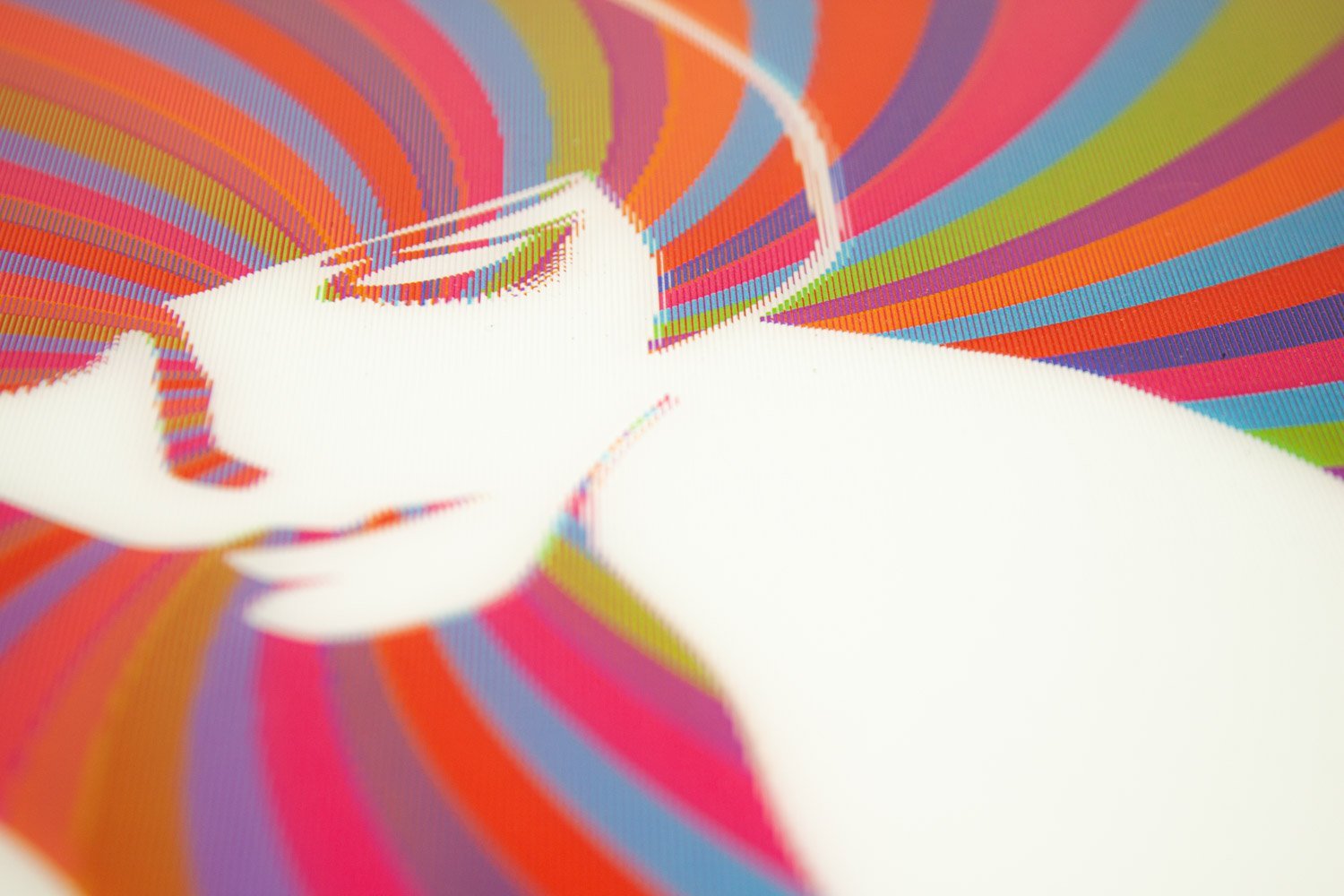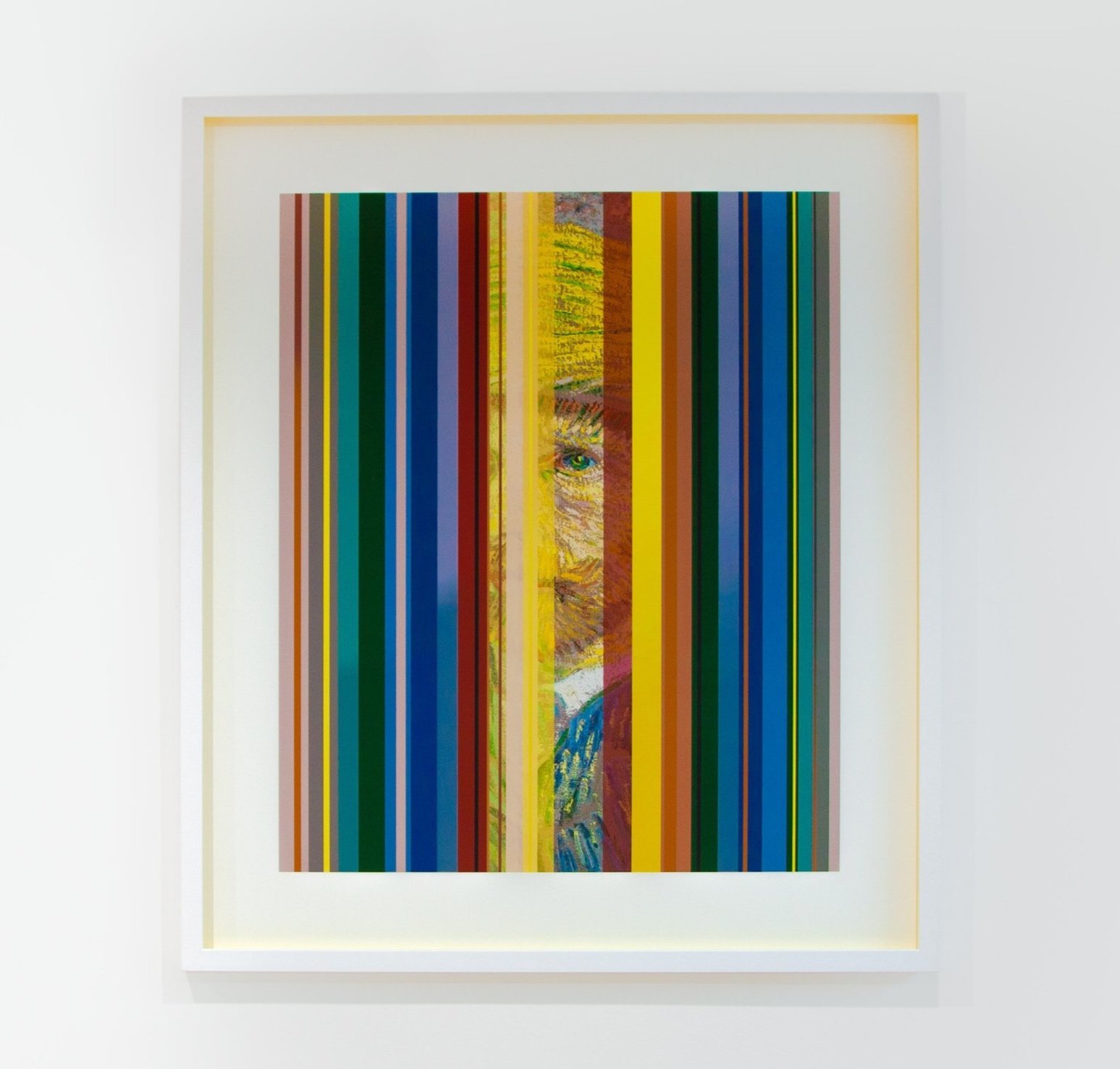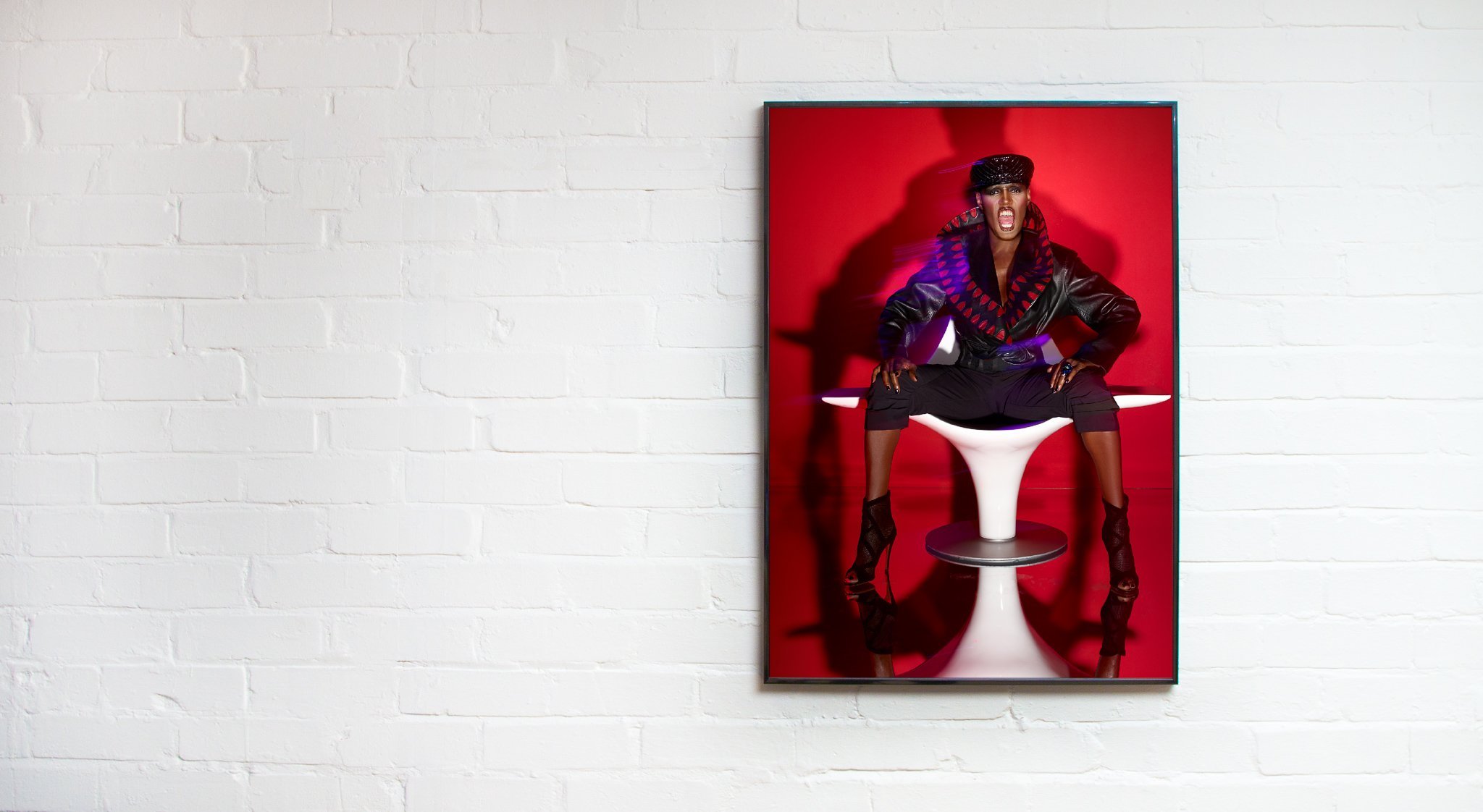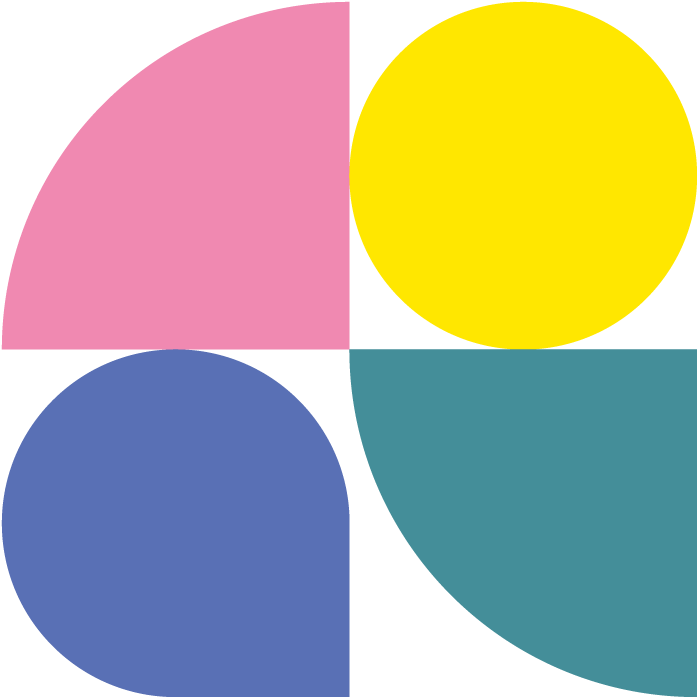LENTICULAR FINE ART PRINTING
What Clients Say About Us
Experience Stunning Visual Depth with Lenticular Printing:
Lenticular printing is a specialised printing process that creates the illusion of depth, motion, or other visual effects in a printed image. It involves printing an image onto a specially prepared lens-like material called a lenticular lens.
The lenticular lens consists of a series of tiny lenses or ridges that are precisely aligned with the image. When viewed from different angles, the lenses refract the light in different directions, creating the illusion of movement or depth in the image. Lenticular printing can be used to create a variety of effects, such as 3D images, animation, morphing, and flip images. The lenticular lens consists of a series of tiny lenses or ridges that are precisely aligned with the image. When viewed from different angles, the lenses refract the light in different directions, creating the illusion of movement or depth in the image. Lenticular printing can be used to create a variety of effects, such as 3D images, animation, morphing, and flip images. At MJCP, Lenticular products are often used for Art, Marketing & Advertising Campaigns, Event Invitations, Premium Packaging and Pitch Presentations.
More Juice’s lenticular printing is a fascinating technique that allows for the creation of visually striking and dynamic images that can capture and hold the viewer's attention.
FAQs
-
Lenticular printing works by using a lens with parallel rows of tiny lenses, called lenticules, that are aligned with the printed image. Each lenticule refracts light in a slightly different way, so when the image is viewed from different angles, different parts of the image are visible.
-
Lenticular printing can be used to create a wide variety of images, including 3D images, animations, morphing images, and images that change depending on the viewing angle.
-
Lenticular printing requires a lenticular lens sheet, which is made of a plastic material with parallel rows of tiny lenses. The images are printed on a substrate, such as paper or plastic, and then the lenticular lens sheet is applied over the top.
-
Lenticular printing can create images with a high level of visual impact, as the images appear to change or move as they are viewed from different angles. This can be particularly effective for advertising, packaging, and other promotional materials.
-
Lenticular printing can be more expensive than other printing techniques, and the quality of the final image can depend on the quality of the original images used. Additionally, lenticular printing can be difficult to produce for larger format prints.
-
Lenticular printing is commonly used in advertising, packaging, and point-of-sale displays. It can also be used for artwork, such as posters and photographs, and for novelty items like keychains and bookmarks.
-
Lenticular printing requires specialized equipment and expertise, so it is better to outsource it to a printing company that specializes in lenticular printing. However, some larger companies may have the resources to do it in-house.
-
Lenticular printing can be environmentally friendly if the materials used are recycled or biodegradable. However, the plastic used in the lenticular lens sheet can be difficult to recycle and may contribute to environmental waste if not disposed of properly.
-
Lenticular printing is used for a variety of purposes, including:
Advertising: Lenticular printing is often used in advertisements to create eye-catching images that grab people's attention.
Packaging: Lenticular printing can be used on product packaging to highlight different product features or create a unique branding experience.
Artwork: Lenticular printing can be used to create 3D images, morphing images, and other types of artworks.
Novelty items: Lenticular printing can be used to create novelty items such as keychains, bookmarks, and other small items.





More questions? No worries, we would love to talk to you!

